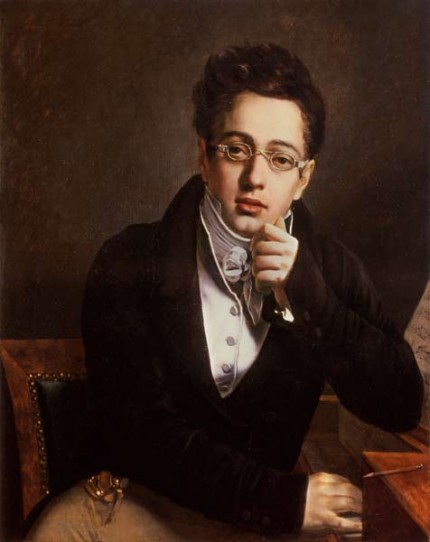Sterling Schubert Second closes Muti’s spring residency in style
Riccardo Muti ended his spring residency Saturday evening with repeats of the Schubert Unfinished Symphony and the Elgar Cello Concerto with Chicago Symphony principal cellist John Sharp as soloist.
Both pieces benefited from repeat performances Thursday evening and Friday afternoon since their debut at last Wednesday’s Afterwork Masterworks concert. The Unfinished (No. 8) was more free and relaxed than Wednesday, and Sharp’s playing was less static and more freely expressive in the Elgar.
The new work on the program was Schubert’s Symphony No. 2. Written when Schubert was 18 and studying with Salieri, with its Italian influence the work seems tailormade for Muti.
Schubert’s Second has not been heard downtown from the CSO since the late Claudio Abbado led a performance in 1977. In a season where we have heard much Schubert from Muti, the performance of the Second has been the most revelatory to date–partly due to its unfamiliarity, but also because of a reading that brought together the finest elements of the Muti/CSO partnership.
The work has Haydenesque qualities, particularly in terms of structure and humor, but even during the slow and serious introduction, Schubert’s lyricism shines through. Ultimately it is that quality that wins out throughout the first movement with strings that were light, buoyant and Viennese in their approach while the winds added texture and color. The palpable excitement was such that there was spontaneous applause at its conclusion.
The second movement theme and variations is the most conventional, but even here, Schubert makes all the elements “sing” with orchestration used to emphasize the melodic structure. After a contrasting section that switches to minor, various winds trade off the theme and admirably did so Saturday as if they were playing one long line. All were given well-deserved curtain calls at work’s end.
The third movement has a playfully waltz-like quality to it interrupted by fits of Sturm and Drang, but always tongue and cheek, something Muti never lost sight of.
The finale sees strings and winds alternating and often combining for a thrilling effect with an almost bipolar vacillation from major to minor. The key to making this work is dynamic nuance and rhythmic flexibility, qualities Muti and the orchestra emphasized with aplomb.
After a standing ovation and several curtain calls, Muti motioned for silence and addressed the audience as has been customary at the conclusion of his residencies. He spoke about Salieri’s influence on the young Schubert and the Italian elements in his music that are often overlooked. “Stay close to your orchestra,” he said, “and I will see you in June.”
Posted in Performances





